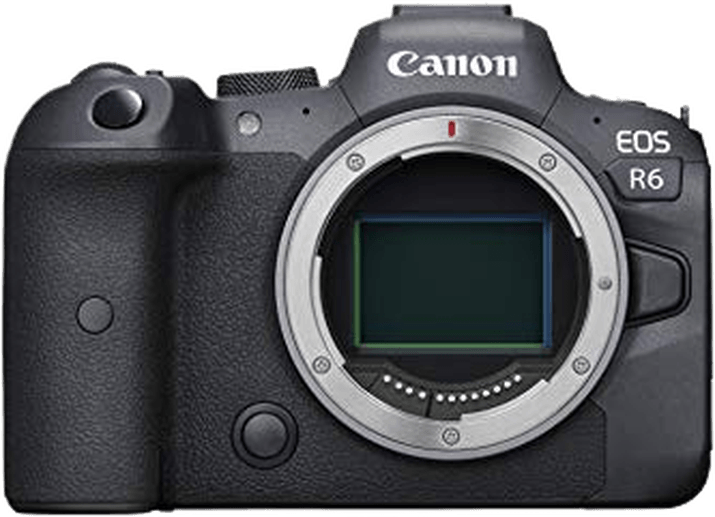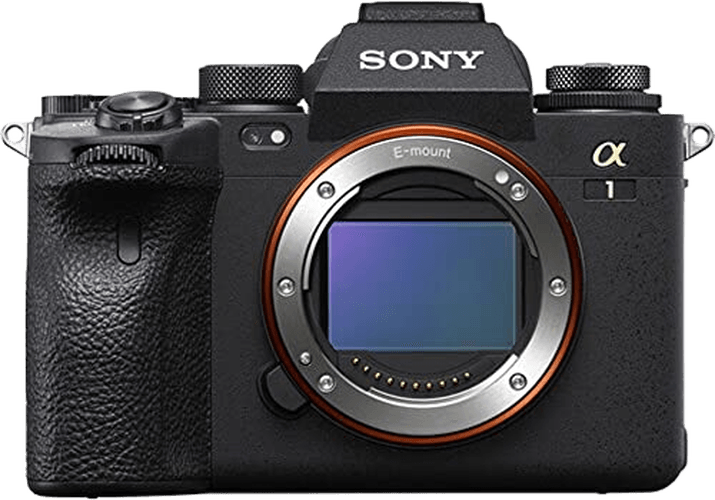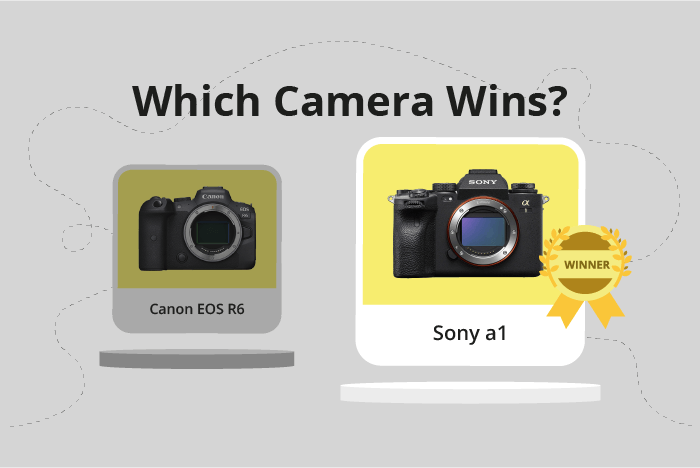Canon EOS R6 vs Sony a1 Comparison
Canon EOS R6

Sony a1

The Sony a1 takes the lead with a score of 86/100, while the Canon EOS R6 follows closely with 80/100. Both mirrorless cameras share similarities in their announcement dates and release years, with the R6 launched in August 2020 and the a1 in January 2021. Their sizes are also comparable, with the R6 measuring 138x98x88mm and the a1 at 129x97x81mm.
The Sony a1 outshines the Canon R6 with its higher score, which reflects its superior performance. However, the R6 has an advantage in terms of weight, being lighter at 680g compared to the a1’s 737g. This makes the R6 more convenient for on-the-go photography.
Price-wise, the Canon R6 is more affordable with a launch price of $2499, while the Sony a1 comes at a heftier $6499. This makes the R6 a better option for those on a budget.
Taking all these factors into consideration, the Sony a1 is the winner in terms of performance and features, while the Canon R6 offers better value for money and portability.
Canon EOS R6 vs Sony a1 Overview and Optics
The Sony a1 takes the lead in optics with a score of 89/100, while the Canon EOS R6 scores 79/100. Both cameras share some common specifications, such as having a full-frame CMOS sensor, image stabilization, and respective lens mounts for their brands (Canon RF for the EOS R6 and Sony FE for the a1).
The Sony a1 excels in several aspects. It boasts a higher megapixel count of 50.1 compared to the EOS R6’s 20.1, resulting in more detailed images. The a1 also has a faster shooting speed of 30 frames per second (fps) against the R6’s 20 fps, making it more suitable for capturing fast-moving subjects. Moreover, the a1 has a superior DXOMARK sensor score of 98, as opposed to the R6’s 90, indicating better overall image quality.
Despite these advantages, the Canon EOS R6 has its merits. Its Digic X processor is a powerful and efficient component, enabling high-speed image processing. However, the Sony a1’s dual Bionz XR processors deliver even more power and speed.
In terms of optics, the Sony a1 is the clear winner with higher megapixel count, faster shooting speed, and better DXOMARK sensor score. The Canon EOS R6, while a strong contender, falls short in these areas. Both cameras offer full-frame sensors, lens mounts compatible with their respective brands, and image stabilization. The choice between these two cameras depends on the individual’s specific needs and preferences, but the Sony a1 has a definite edge in terms of optics.
Canon EOS R6 vs Sony a1 Video Performance
The Canon EOS R6 outperforms the Sony a1 in video capabilities, with a score of 91/100 compared to the Sony a1’s 86/100. Both cameras have impressive specifications, but the Canon EOS R6 takes the lead in this comparison.
Both cameras share some common video specs, such as a maximum video frame rate of 120fps. This high frame rate enables users to capture smooth slow-motion footage in both cameras. However, the Canon EOS R6 has an advantage with its built-in time-lapse functionality, which the Sony a1 lacks. This feature allows users to create stunning time-lapse videos with ease, directly in the camera.
Despite the Sony a1’s higher maximum video resolution of 8K compared to the Canon EOS R6’s 4K, the Canon EOS R6 still manages to outshine its competitor in overall video performance. The R6’s 4K resolution, combined with its max video dimensions of 3840 x 2160, delivers crisp and detailed footage that is more than sufficient for most users and applications.
On the other hand, the Sony a1’s 8K resolution may be an advantage for some users who require extremely high-resolution footage for specific professional applications, such as large-scale commercial projects or high-end film production. However, the lack of built-in time-lapse functionality can be a drawback for those who enjoy capturing time-lapse videos.
When comparing the Canon EOS R6 and the Sony a1, the Canon EOS R6 emerges as the better option for video capabilities due to its higher score and built-in time-lapse functionality. Although the Sony a1 offers a higher maximum video resolution, the Canon EOS R6 provides a more well-rounded and user-friendly video experience for most users.
Canon EOS R6 vs Sony a1 Features and Benefits
The Canon EOS R6 wins in features with a score of 85/100, while the Sony a1 scores slightly lower at 83/100. Both cameras share several specifications, including a 3-inch touchscreen, flip screen, Wi-Fi, and Bluetooth capabilities. Neither camera has GPS functionality.
The Canon EOS R6 outperforms the Sony a1 in screen resolution, boasting 1,620,000 dots compared to the a1’s 1,440,000 dots. This higher resolution allows for sharper and more detailed image previews, giving photographers better control over their composition and editing process.
On the other hand, the Sony a1 still has strong features despite its lower score. Its capabilities are on par with the Canon EOS R6 in terms of screen size, touchscreen functionality, flip screen, Wi-Fi, and Bluetooth. Although the a1’s screen resolution is lower than the R6’s, it still provides adequate image quality for most photographers’ needs.
To conclude, the Canon EOS R6 takes the lead in features with a higher score and superior screen resolution. This advantage offers photographers better image previews and control. However, the Sony a1 remains a competitive choice with its shared specifications and sufficient screen resolution for most users. Ultimately, the choice between these two cameras will depend on individual preferences and priorities, as both offer strong features and capabilities.
Canon EOS R6 vs Sony a1 Storage and Battery
The Sony a1 takes the lead in storage and battery with a score of 73/100, compared to the Canon EOS R6’s 68/100. Both cameras have two memory card slots and support USB charging. The Canon EOS R6 accepts SD, SDHC, and SDXC (UHS-II compatible) memory cards, while the Sony a1 accepts both SD and CFexpress Type A (UHS-II compatible) memory cards.
The Sony a1 outperforms the Canon EOS R6 in battery life, offering 530 shots per charge compared to the R6’s 360 shots. The a1 uses the NP-FZ100 battery, while the R6 uses the LP-E6NH battery. This longer battery life makes the Sony a1 more suited for extended shooting sessions.
The Canon EOS R6 does not have a specific advantage in storage and battery over the Sony a1. However, it is worth noting that its compatible memory cards are more common and often less expensive than the CFexpress Type A cards used in the a1. This factor may influence a buyer’s decision when considering overall cost.
Considering both storage and battery, the Sony a1 proves to be the superior choice due to its longer battery life and compatibility with high-performance memory cards. The Canon EOS R6, while not as strong in this aspect, still offers reliable performance and accessible memory card options.
Canon EOS R6 vs Sony a1 – Our Verdict
Are you still undecided about which camera is right for you? Have a look at these popular comparisons that feature the Canon EOS R6 or the Sony a1:

